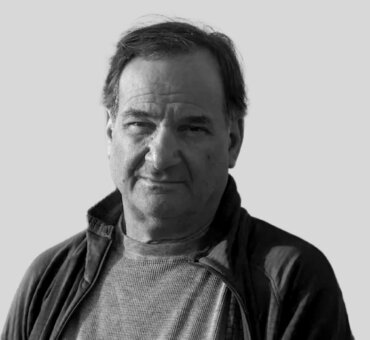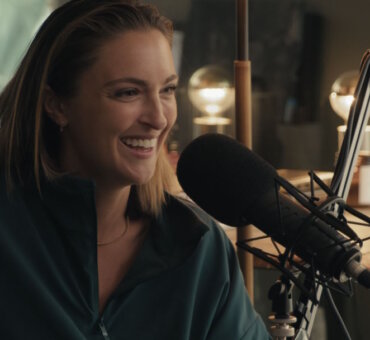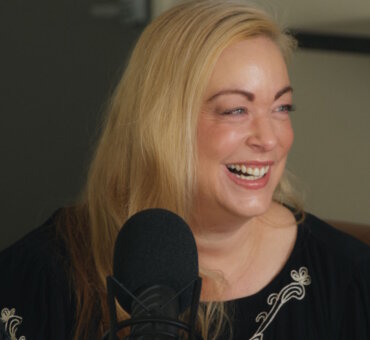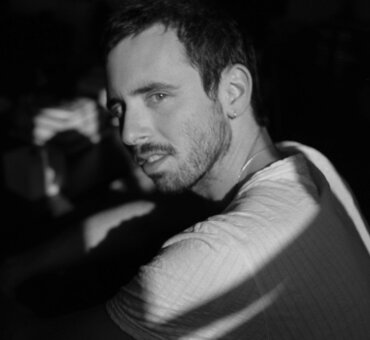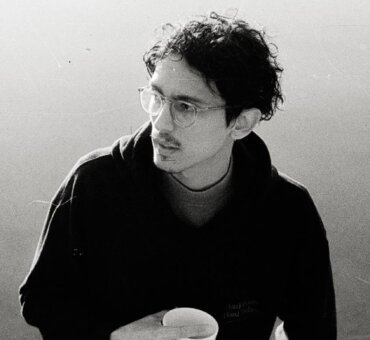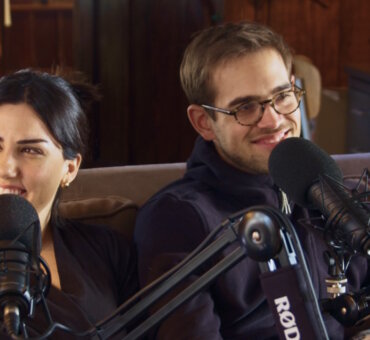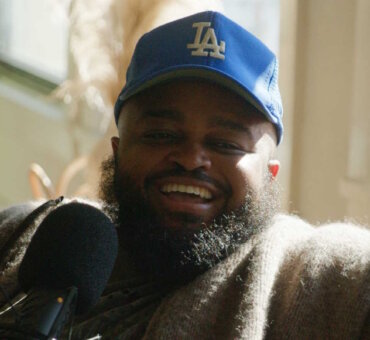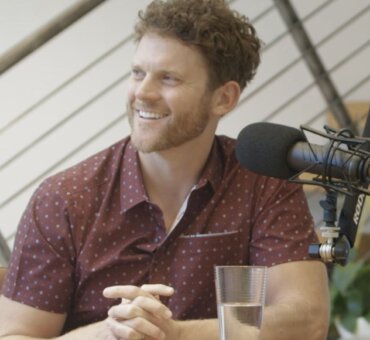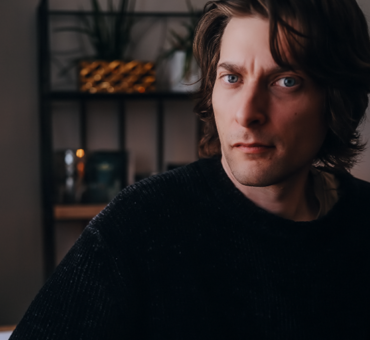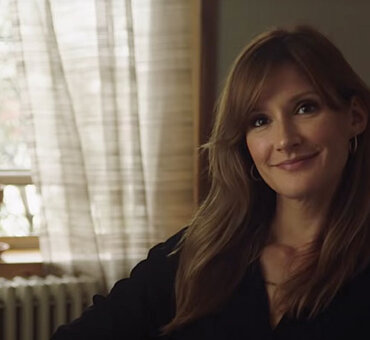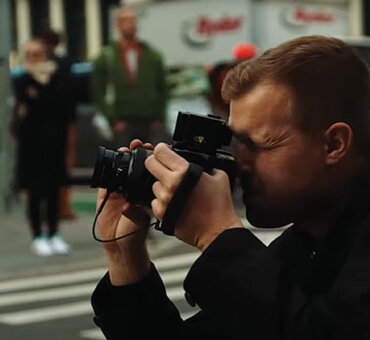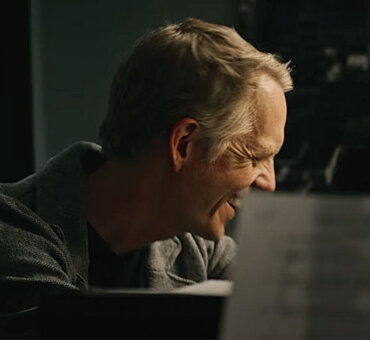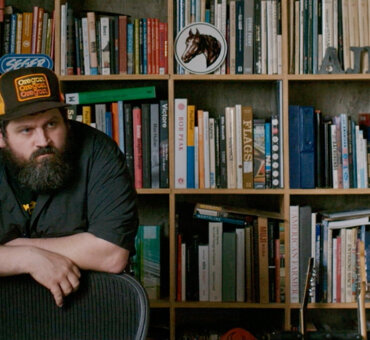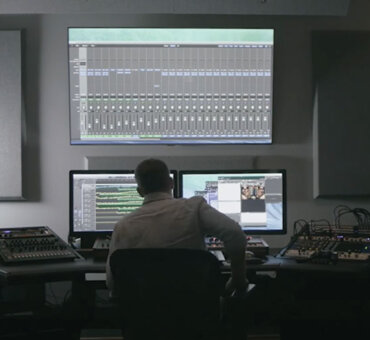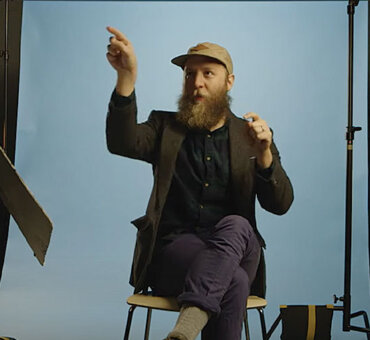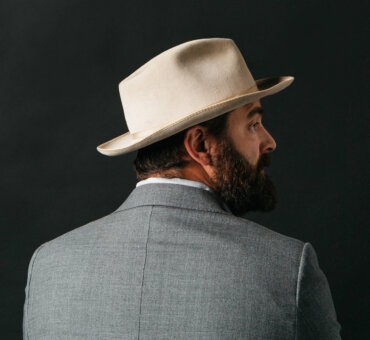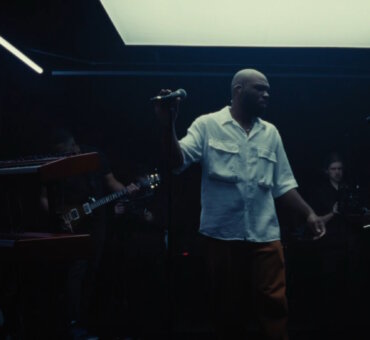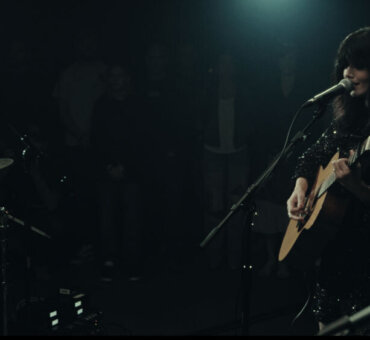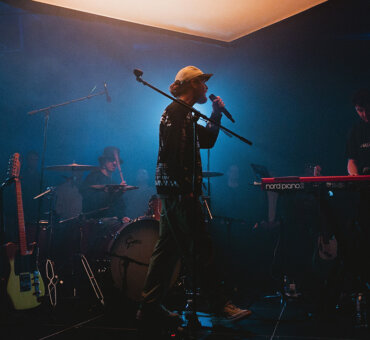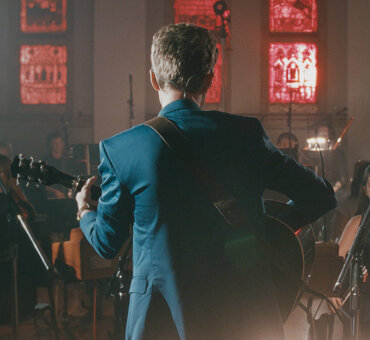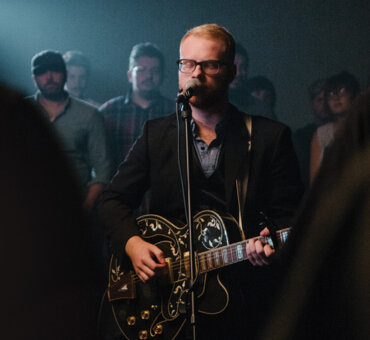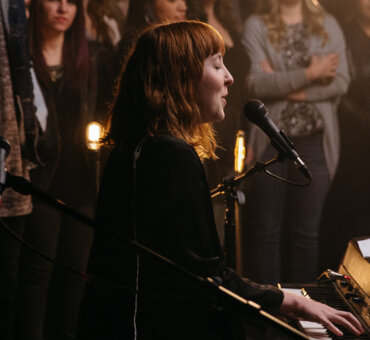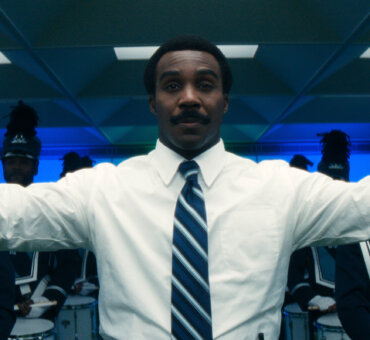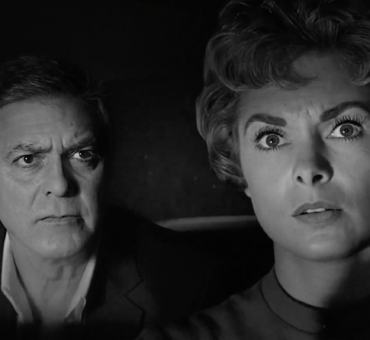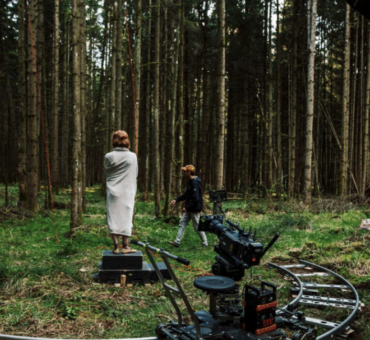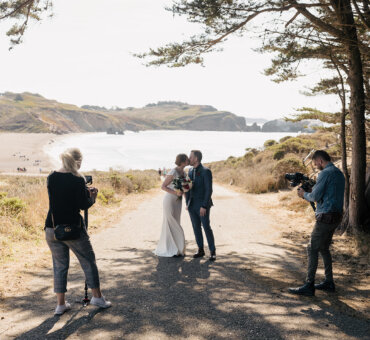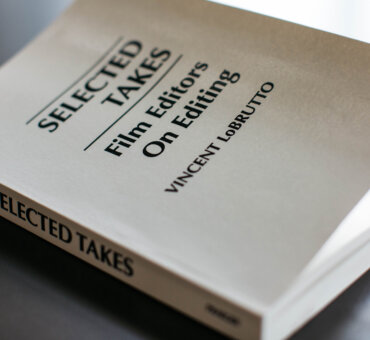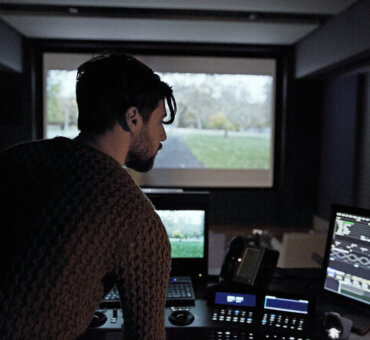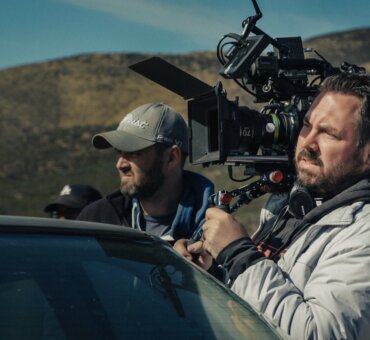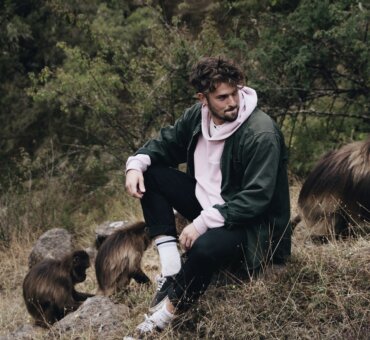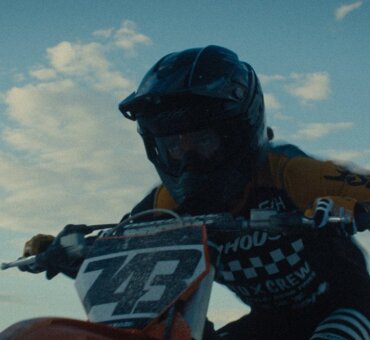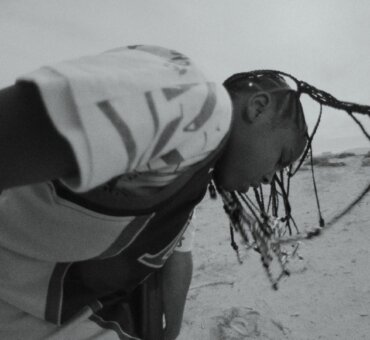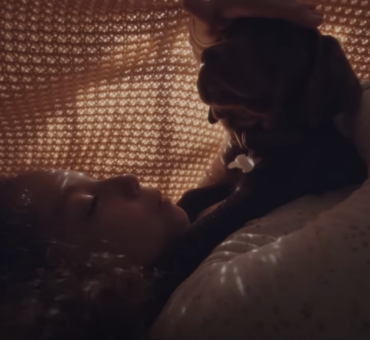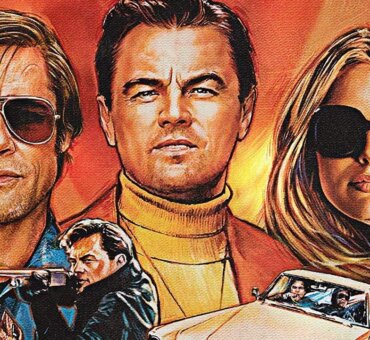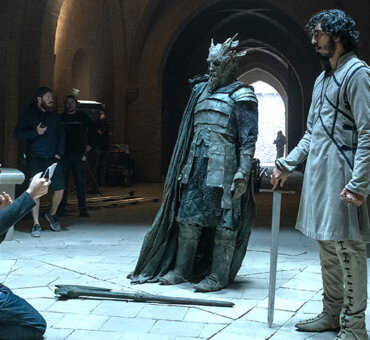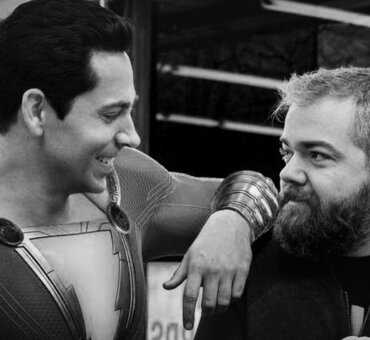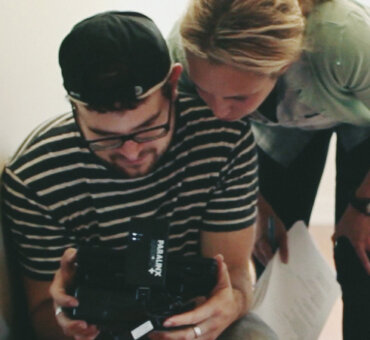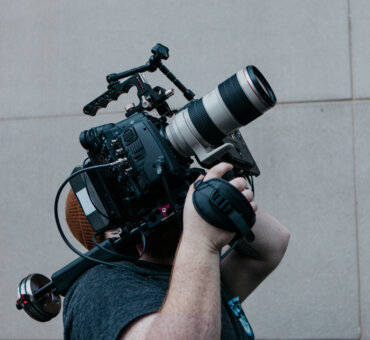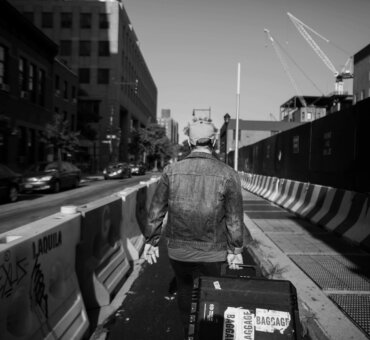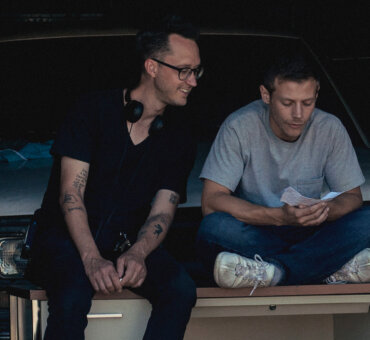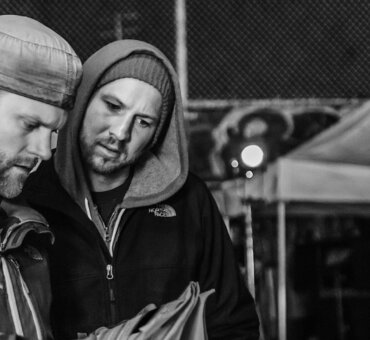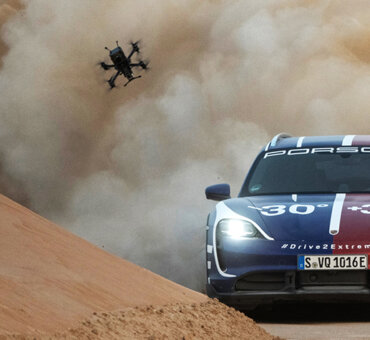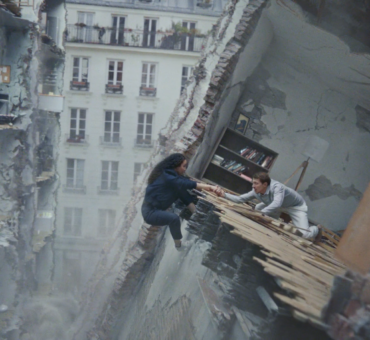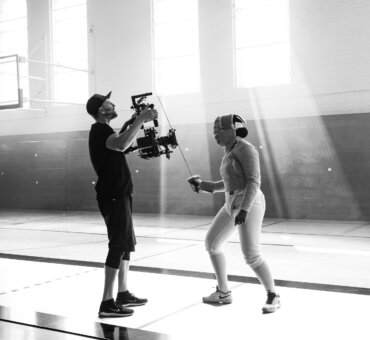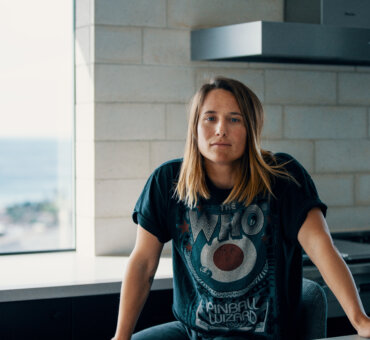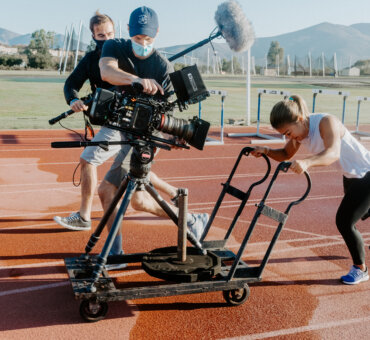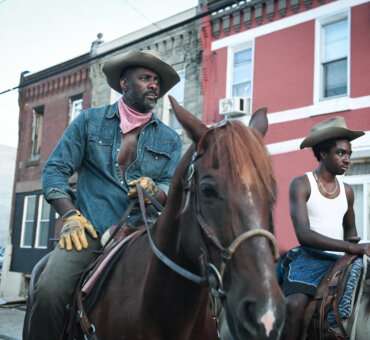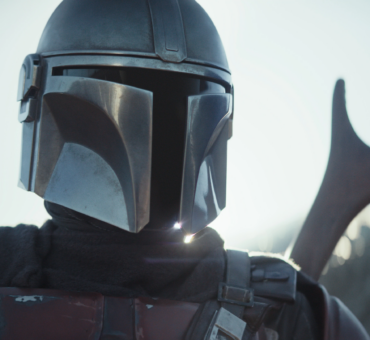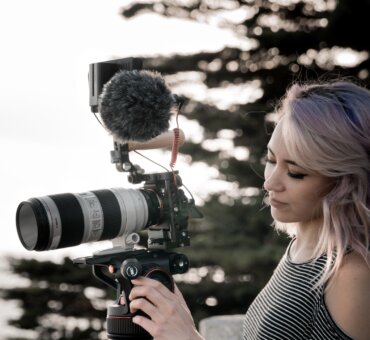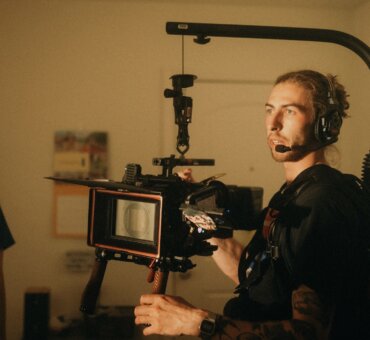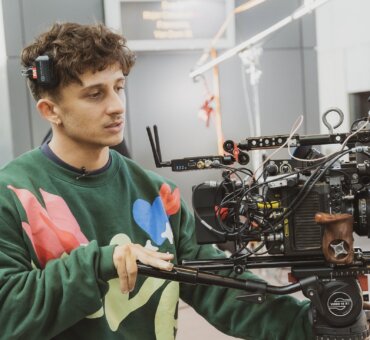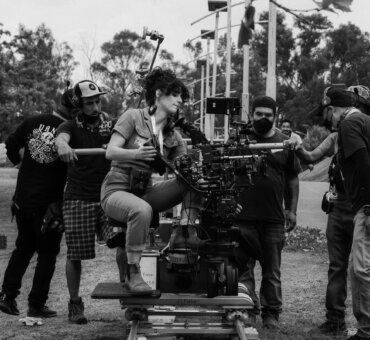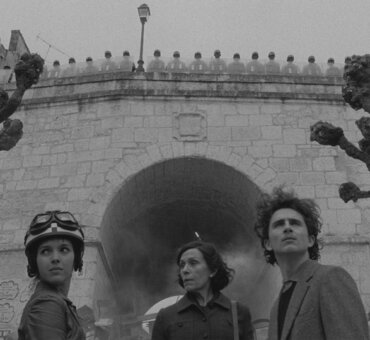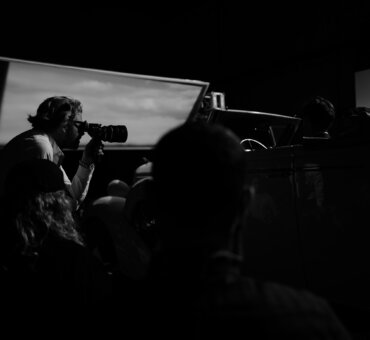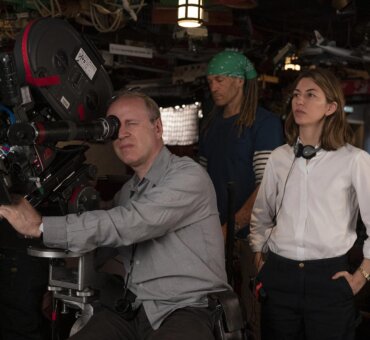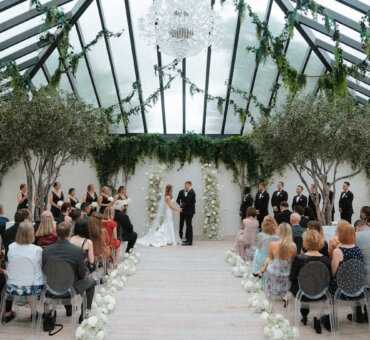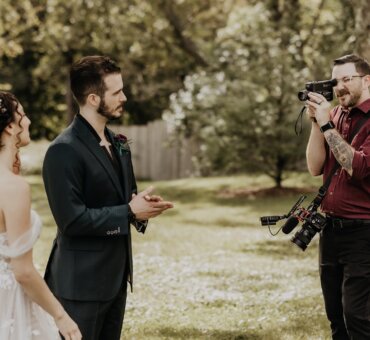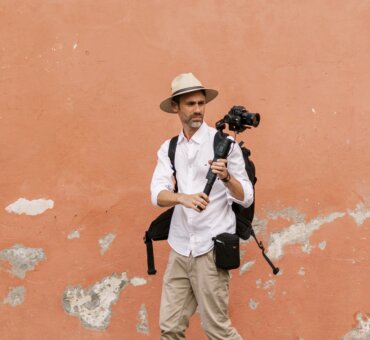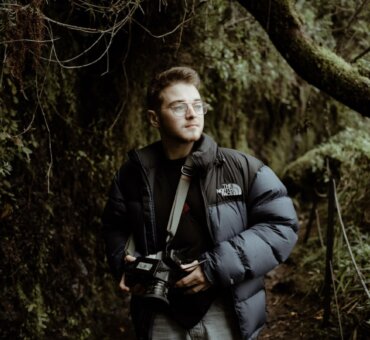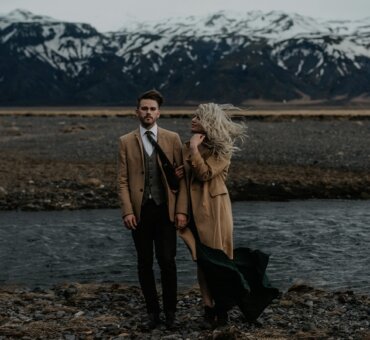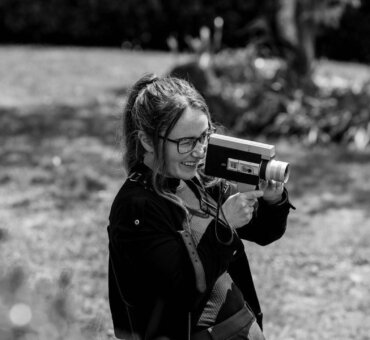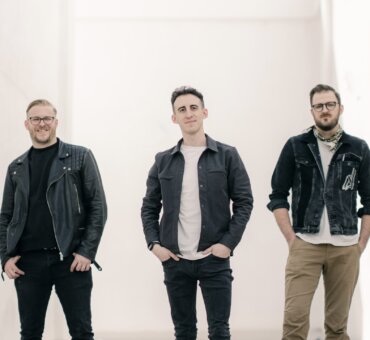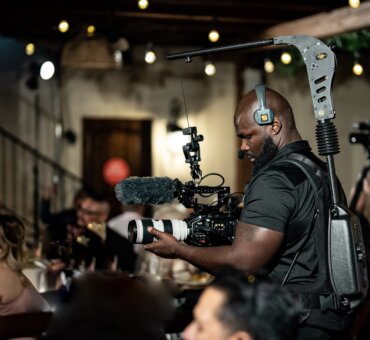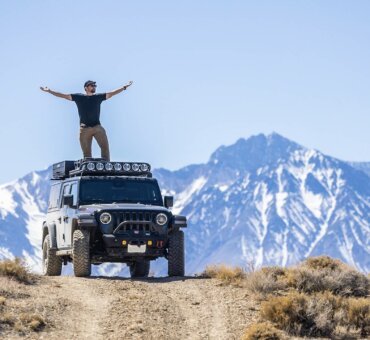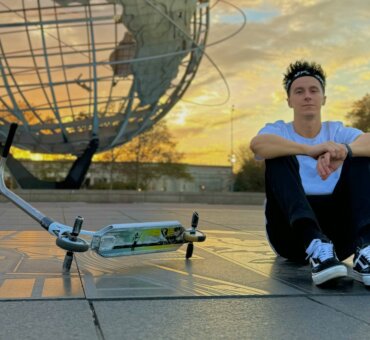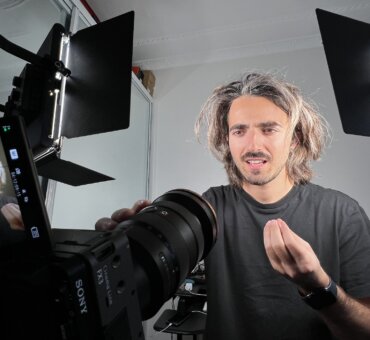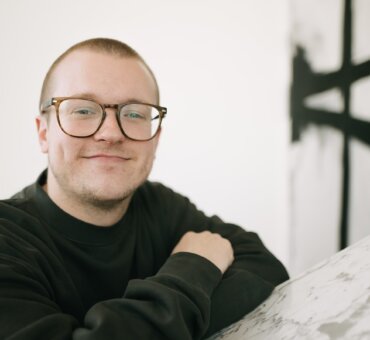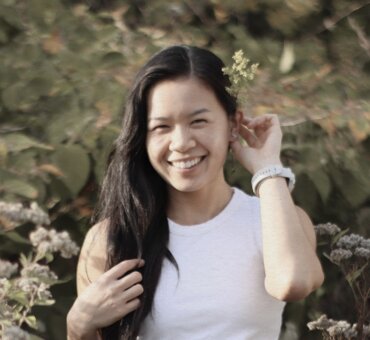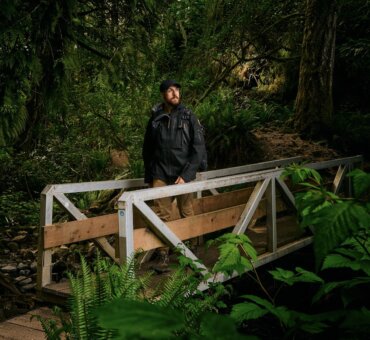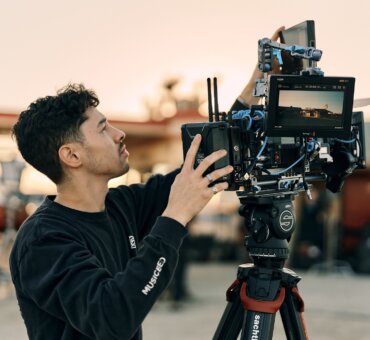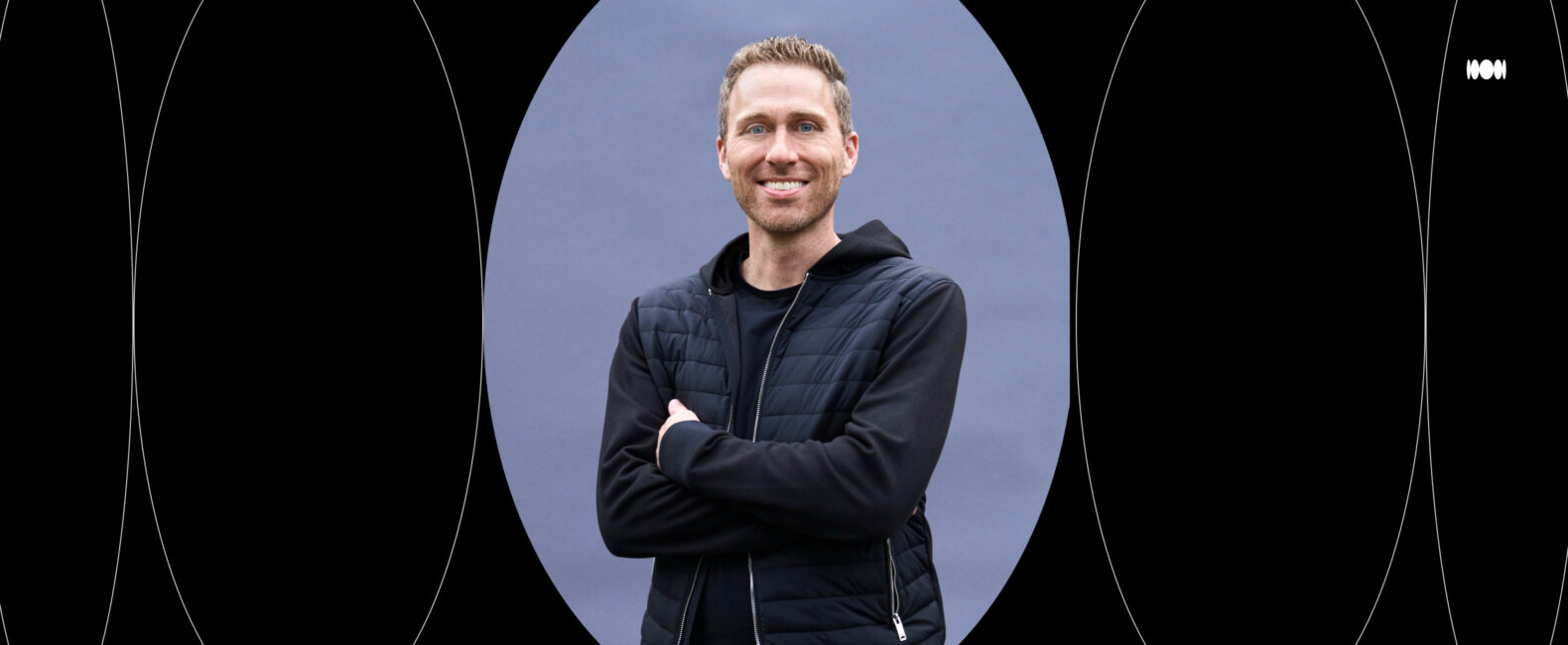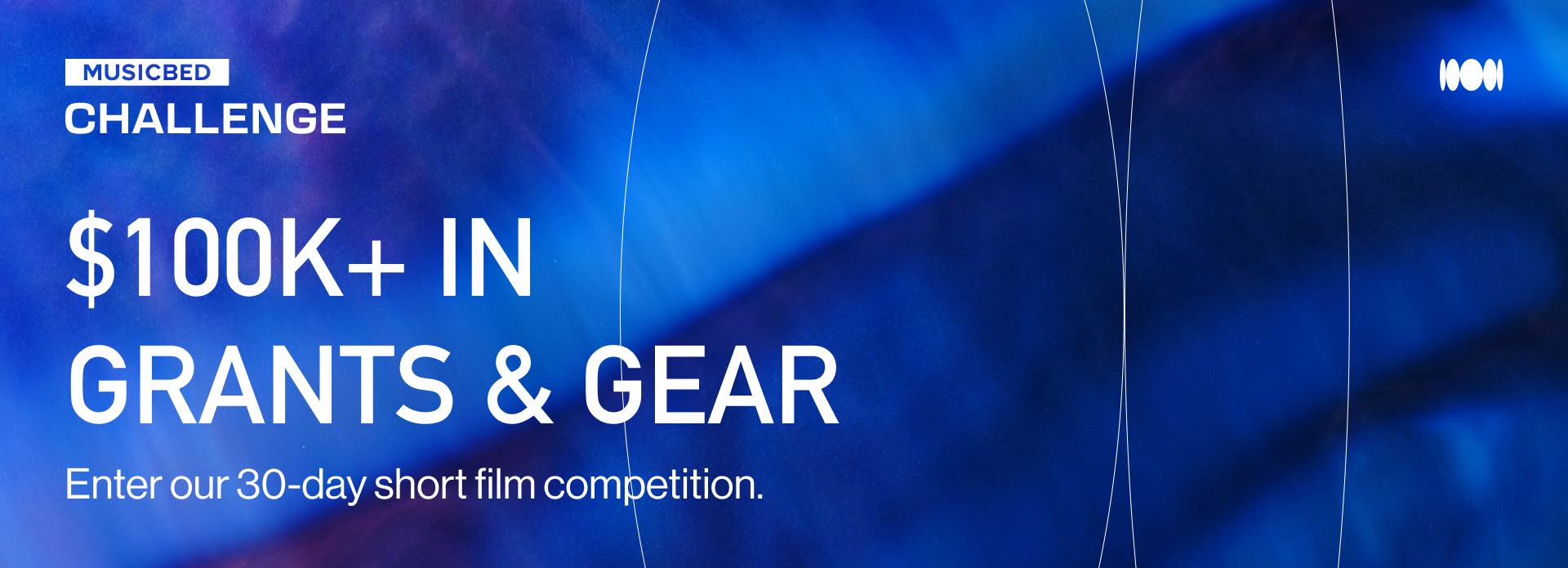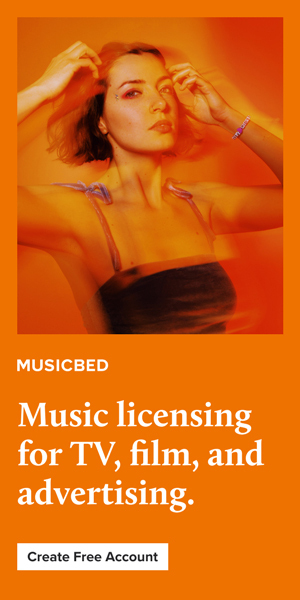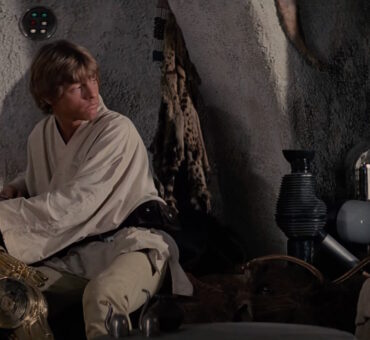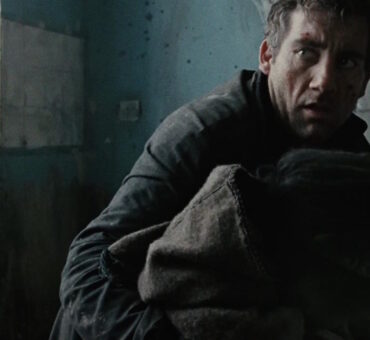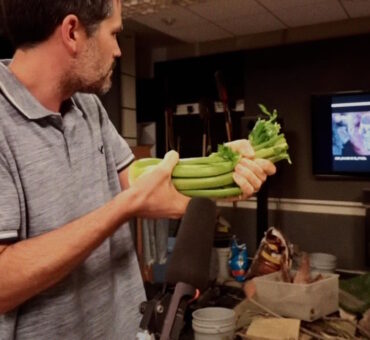What started with a dream to direct music videos before YouTube even existed, Brian Gonsar, Director of Production at Rise & Run, has evolved into a powerhouse career in advertising and film production.
Brian has helped shape global brands like (RED), the Special Olympics, Mountain Dew, and Bank of America, where he has crafted Super Bowl spots and collaborated with rock legends like U2.
In this interview, Brian shares how he approaches storytelling across commercials, feature films, and music videos, always pushing for deeper emotion and stronger connections through storytelling.
MUSICBED: What sparked your interest in advertising? What led you to become Director of Production at Rise & Run?
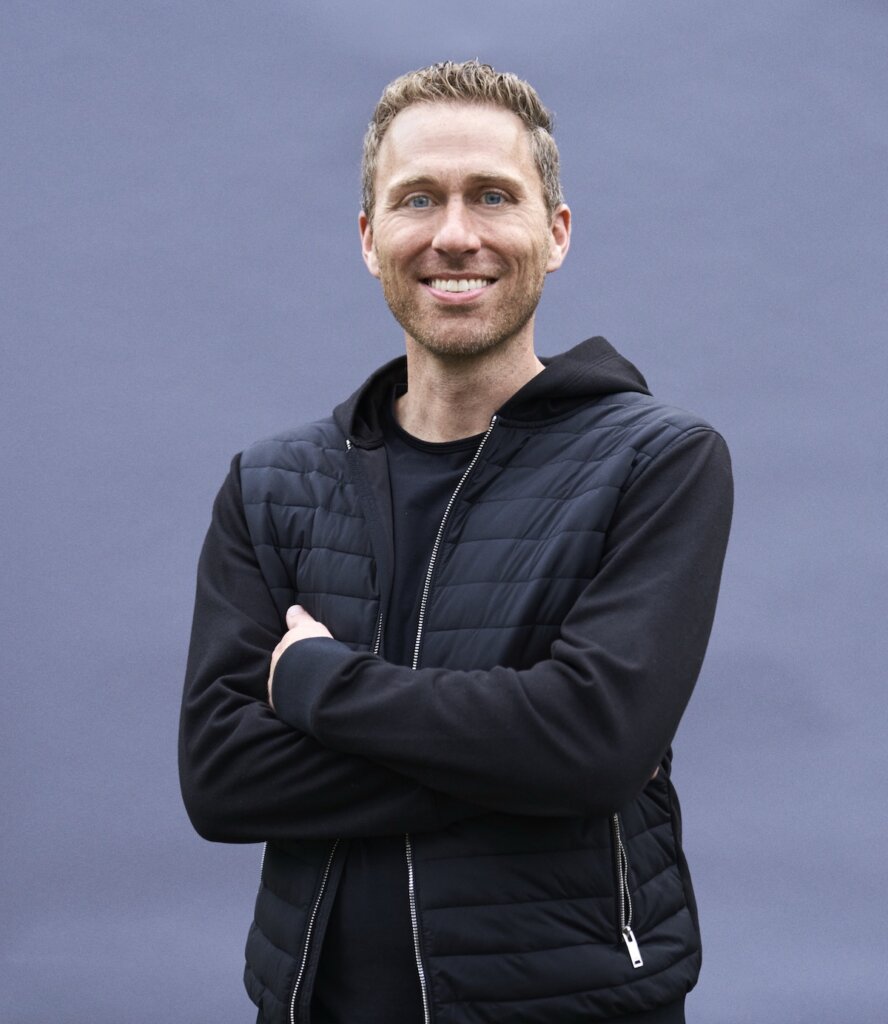
Brian Gonsar: If you asked 18-year-old me what I wanted to do, it was to make music videos.
I started directing/producing them in college for local and indie artists, but it was at a time when MTV was switching to reality shows and YouTube wasn’t really a thing yet.
So when I started PA’ing at companies like Notorious Pictures and Smuggler (the first year they opened), they exposed me to commercials and advertising.
I spent a few years producing at agencies like JWT, BBDO, and Hill Holliday, taking on more of a leadership position at the latter.
From there, Hill Holliday spun off into a few iterations, and now I’m leading a team of amazing producers at Rise & Run.
RELATED READS: The Art of the Music Video: A Conversation with Mathy and Fran
What have been some pivotal moments or projects that shaped your career?
Brian Gonsar: I ran the production for Bank of America for about 11 years.
That account was a ton of fun because one day, you could be shooting comedy, the next embarking on an around-the-world job for their global business, and then pivoting to some rewarding CSR work for partners like Special Olympics, (RED), military veterans, and many others.
It allowed me to work with various parts of my brain and partner with some amazing directors, editors, and other collaborators who have influenced me and helped propel me to my role now.
Having worked with some of the world’s biggest brands, is there one project in particular that’s been the highlight of your career so far?
Brian Gonsar: The most massive project I ever worked on was a Super Bowl spot and music video with U2 for Bank of America and (RED). It was nonstop work from Thanksgiving Eve until Super Bowl Sunday.
We took the phones of about 2,000 extras and put them into a room to witness this concert. It was like a social experiment of what happens to kids when they don’t have their phones and are left to interact with one another.
It was a massive (and stress-induced) undertaking with a ton of moving parts. But, the experience was very unique, and I got to work with Mark Romanek, the Grammy-award-winning director.
You’ve done work on commercials, feature films, and music videos. How does your approach to storytelling differ between each of them?
Brian Gonsar: The benefit of an indie film or a music video is that the creator usually has more freedom. The director/producer has a lot more say in crafting the film in the way they intended it. However, money is typically pretty tight.
Commercials are always a balance between what the creative team dreams up and what the client needs on their end. Plus, you’re typically limited to a :30 or :60 timeframe, so storytelling needs to be truncated.
All mediums can generate some really inspiring work, but each has its challenges. How you work within and around those parameters will determine the best approach to telling the most dynamic story.
What are some of the techniques you use to make storytelling more engaging and emotionally impactful?
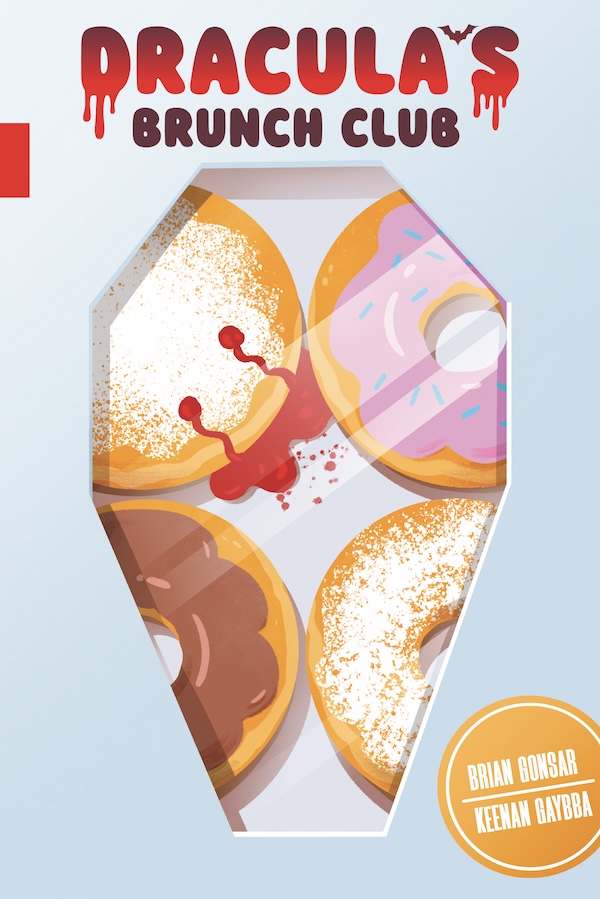
Brian Gonsar: A few years ago, I picked up writing as something to do at night, since I was spending over 100 nights in a hotel room.
I started with picture books. But I quickly gravitated towards graphic novels (my debut graphic novel, Dracula’s Brunch Club, comes out in September 2025).
In both formats, you learn that every word counts. And from reading books like Save the Cat, I’ve increased my knowledge of storytelling structure.
Writing has allowed me to be more creatively invested in the storytelling aspect of each commercial production.
I luckily have close, creative relationships with my creative teams at Rise & Run, and they never shy away from getting my input on the script, edit, vendor choice, music, etc.
RELATED READS: How Director Quentin Tarantino Uses Music to Elevate His Films
What do you consider when selecting music for a commercial or content?
Brian Gonsar: Music can greatly enhance the story you’re trying to tell. Are you trying to elicit an emotion? Are you creating tension or mystery? Is a cool bed of music that leaves you feeling upbeat and positive needed?
Music plays a huge factor in the storytelling and enhances the visuals, but you have to know what you’re trying to accomplish with the track.
RELATED READS: The Art and Science of Music Selection With Joanna Batemits
How do you collaborate with creative teams and other departments to ensure the music aligns with the overall vision of a campaign?
Brian Gonsar: I love discovering new music. Going down Spotify rabbit holes is my jam—or even picking the brains of music supervisors to see what’s new out there.
So when creatives have a rough idea of what they want, I try to bring them options in that vein.
I find myself utilizing Premiere to cut various tracks to picture and sharing it with the team to see if it sparks something.
Once we see what could work tonally, it allows us to be more prescriptive with the music house.
What’s something you’ve seen lately where the music really elevated the storytelling?
Brian Gonsar: I’m a sucker for covers or song reimaginations. Especially when they’re slowed down to create a whole new feeling.
Haley Reinhart’s cover of “Can’t Help Falling in Love” in the Extra Gum commercial made that spot emotionally pop. (Gum pun intended).
Kroger’s Christmas ad in 2022 used Colbie Caillat’s cover of “Iris” to tug at heartstrings.
And the way Gap reimagined Janet Jackson’s “Together Again” for their recent holiday campaign brought a whole new vibe to that song. It made a simple spot memorable.
All of these music choices really elevated each spot.
What’s something that inspired you or caught your attention lately?
Brian Gonsar: A lot of people in the industry pay close attention to Super Bowl ads. I, however, am strangely drawn to Christmas ads.
The level of creativity coming out of Europe is top-notch, and the US has produced some great stuff, too.
I also caught my friend Cole Webley’s film Omaha, which premiered at Sundance. It was a devastating, yet beautiful film that sticks with you long after you’re done watching it.
RELATED READS: Insights from Filmmaker Moji Wilson on Staying Inspired and Crafting Captivating Stories
Are there any trends in advertising, feature filmmaking, or music videos that you’re excited about?
Brian Gonsar: I would eat, sleep, and breathe music videos in high school and college. But long gone are the $1mm+ music videos that are consumed on TV.
Instead, artists have to contend with people’s attention span. Why watch a 3-minute promo when you can watch a 30-second TikTok and then move on to the next one?
Knowing that challenge leaves a lot of room for creativity.
Look at OK Go’s new release for “A Stone Only Rolls Downhill.” (It’s similar in concept to “Knock Knock” by Brunettes Shoot Blondes from 10 years ago, but on steroids). It was simple yet complex at the same time.
Music videos are still trendsetters, so I always check up on my friend Steve’s site, VideoStatic, for new releases.
What is it about Musicbed that stands out to you? Why would you recommend Musicbed as a resource for others in the space?
Brian Gonsar: I love the access to real music. The catalog is worlds better than any stock library, and most tracks won’t break your music budget.
The AI-powered Song Search function is a feature I go to a lot. It’s helped me find the right song numerous times.
When judging Musicbed Challenge submissions, what’s the one thing you look for that sets great edits apart from the rest?
Brian Gonsar: The ability for the film to stick with you long after it’s ended. That’s the litmus test of all great creative work.
RELATED READS: The Winners of Musicbed Challenge 2024
This was written as a part of Musicbed Challenge 2025. Want to learn more?
